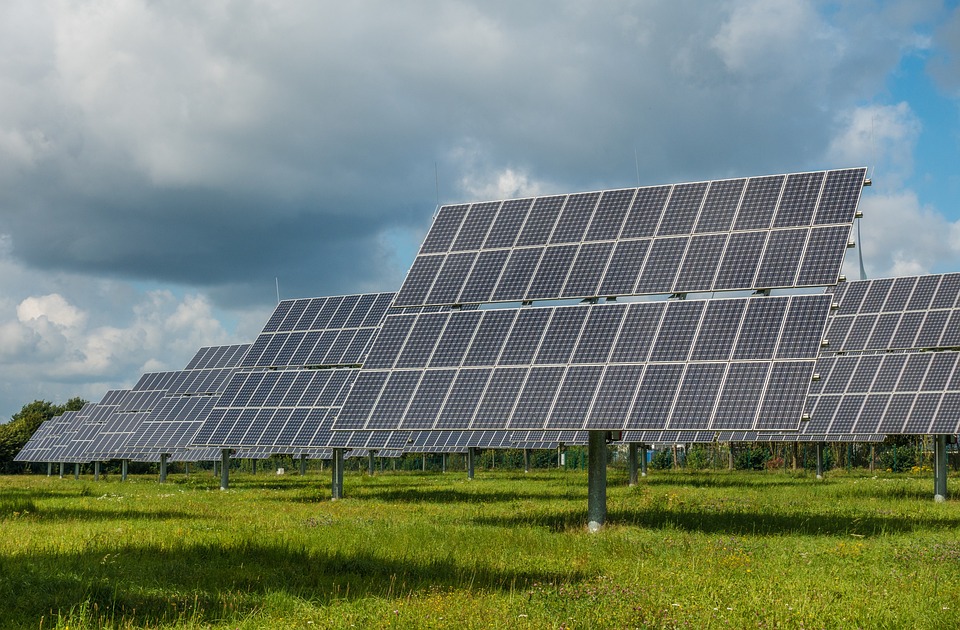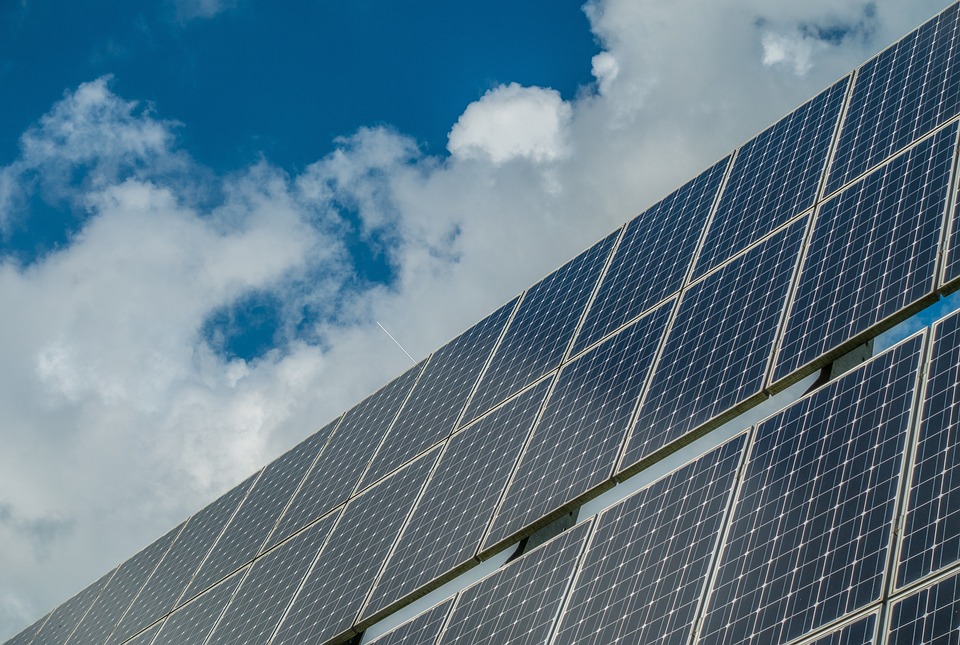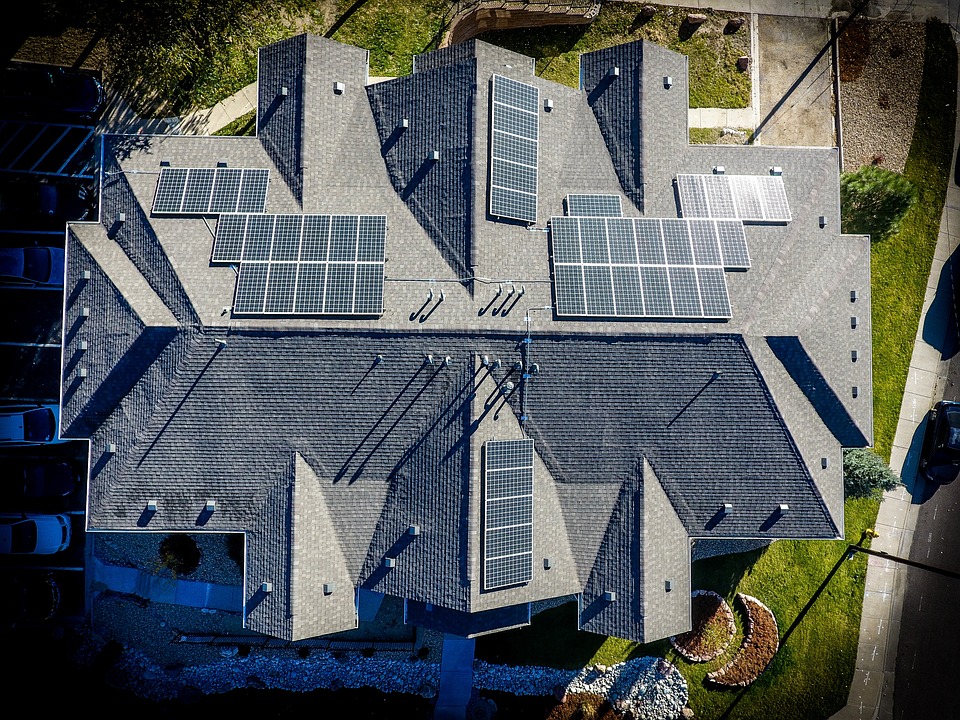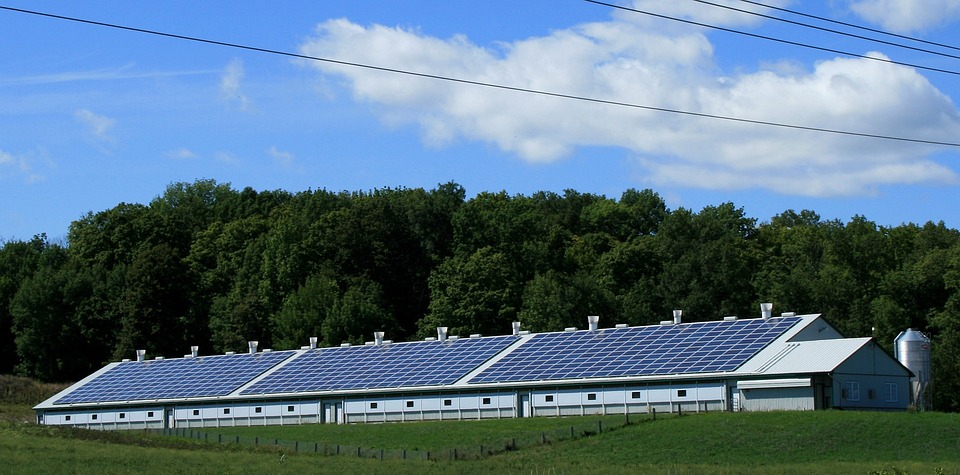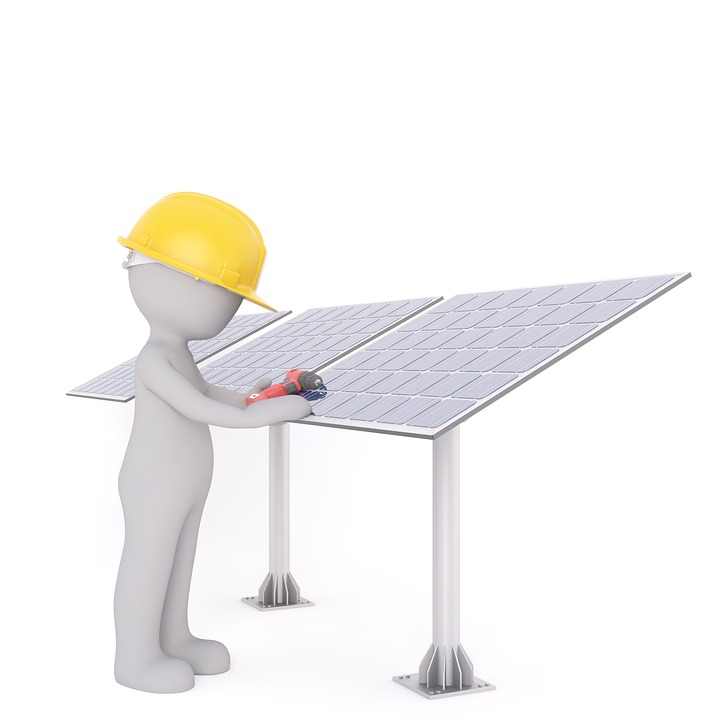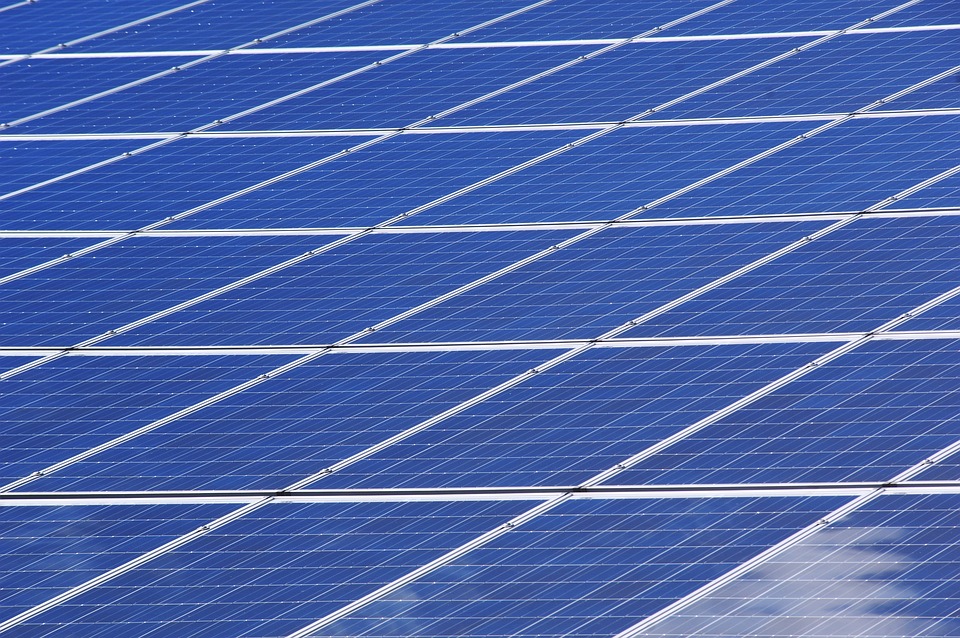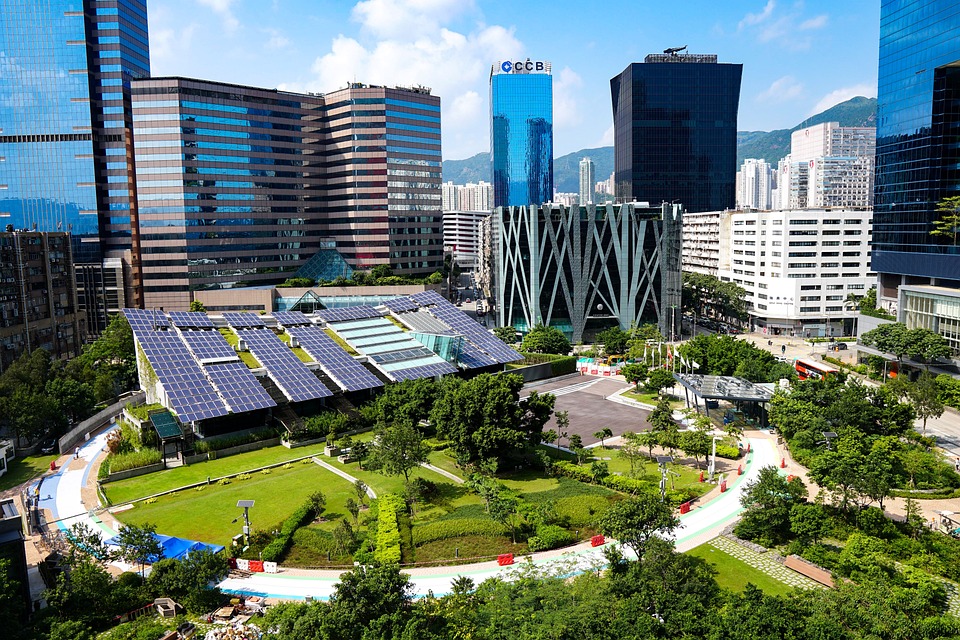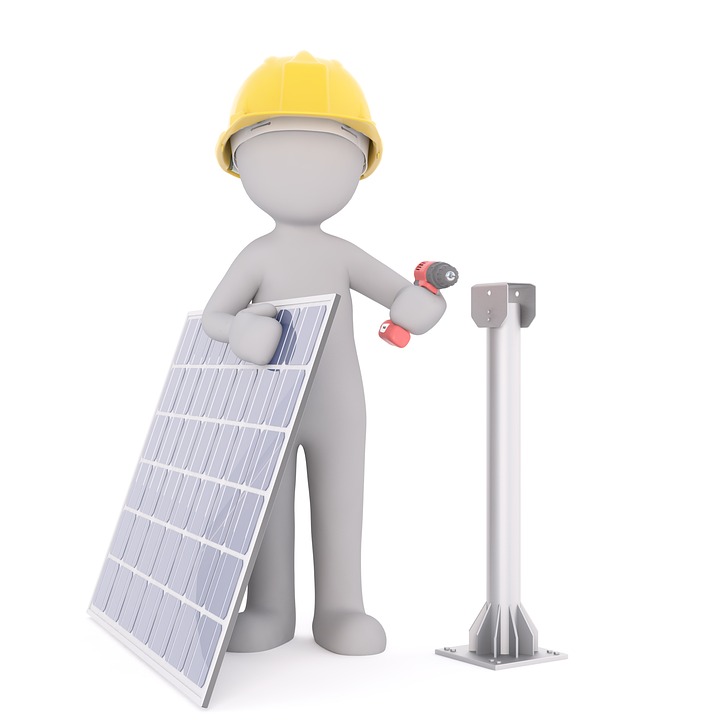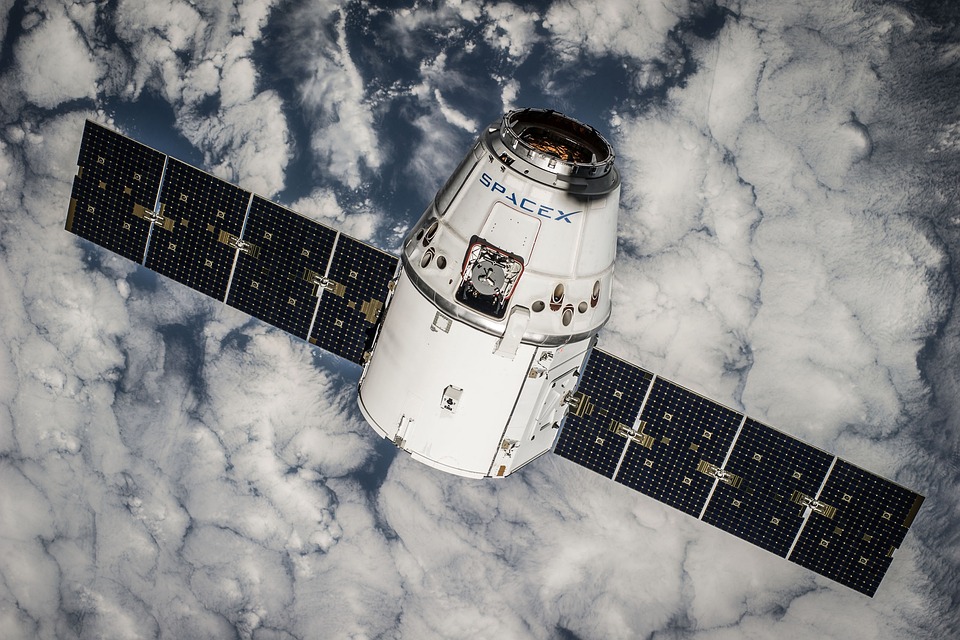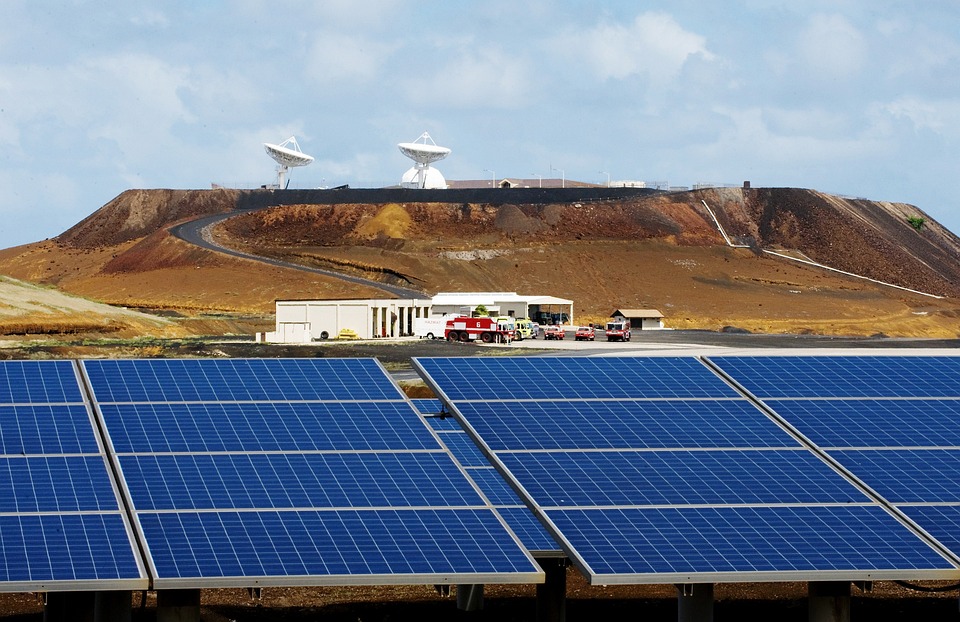Comparing Solar Panel Pricing: Finding the Best Value for Your Money
Living off the grid has been one of the most rewarding experiences of my life. As I’ve navigated through the challenges of sustainable living, one of the most important decisions I’ve had to make was investing in solar panels. With the vast array of options available, finding the best value for your money can be a daunting task. In this article, I’ll share my personal experiences and tips for comparing solar panel pricing, so you can make an informed decision that aligns with your off-grid lifestyle. When it comes to comparing solar panel pricing, there are several factors to consider. The initial cost of the panels, the quality and efficiency of the technology, and the long-term savings on your energy bills all play a crucial role in determining the best value for your money. As someone who has relied on solar power for years, I’ve learned a few tips and tricks along the way that have helped me find the best deals and make the most of my investment. To help you on your journey, here are some pro tips to keep in mind when comparing solar panel pricing. Pro Tip #1: Consider the Lifetime Cost While it may be tempting to opt for the cheapest solar panel option, it’s important to consider the lifetime cost of the panels. Cheaper panels may not be as efficient or durable, leading to higher maintenance and replacement costs in the long run. Look for panels with a higher upfront cost but a longer warranty and higher efficiency rating. These panels may save you more money over their lifetime, making them a better value for your off-grid lifestyle. Pro Tip #2: Research Government Incentives Many governments offer incentives and rebates for installing solar panels, which can significantly reduce the upfront cost of your investment. Before making a decision, research the incentives available in your area and factor them into your budget. These incentives can make higher-quality solar panels more accessible and affordable, ultimately increasing the value of your investment. Pro Tip #3: Compare Installation Costs In addition to the cost of the panels themselves, it’s important to consider the installation costs. Some companies may offer lower prices for the panels but charge higher installation fees, while others may include installation in the overall package. Compare the total costs of different suppliers to get a clear picture of the best value for your money. Pro Tip #4: Look for Financing Options If the upfront cost of solar panels is a barrier for you, look for financing options that can make the investment more manageable. Some solar companies offer payment plans or financing programs that allow you to spread the cost of your panels over time. While this may result in higher overall costs due to interest, it can make sustainable living more accessible in the short term. As you navigate through the process of comparing solar panel pricing, keep these pro tips in mind to make the most of your investment. With careful consideration and thorough research, you can find the best value for your off-grid lifestyle and enjoy the many benefits of sustainable living. Happy solar panel shopping!

